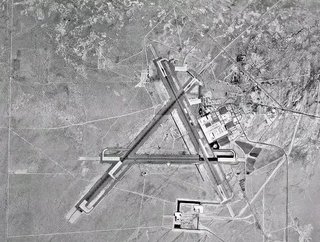U.S. Navy Solar Power Plant Saves $13 Million Annually

A newly completed power plant at the U.S. Navy Naval Air Weapons Station China Lake in California will supply 30 percent of that facility's power each year, saving $13 million over the next 20 years. The plant was built without taxpayer contribution and is financed through a 20-year solar power purchase agreement (the first federal agency project to have done so).
The plant will allow the Navy to utilize electricity at up to 30 percent below the rate given with 10-year PPAs. This agreement was signed with SunPower Corp., in which the solar panel company installed its solar panels on the Navy-owned land and will allow the Navy to purchase the electricity at the discounted rates. The solar panel system came as a pre-assembled module, allowing for the facility to begin using the solar panels in less than one year.
The China Lake PPA agreement will help the Navy eliminate tax payer complaints and woes around an initial investment or any kind of tax hikes. The China Lake station utilizes regenerative fuel cells, electric vehicles, wind power and photovoltaic panels and the plant is involved in the Navy's biofuel research and has a geothermal plant.
Read More:
Solar Energy Research Center Breaks Ground
US Navy's 'Great Green Fleet' Remains Armed with Algae
Howard Wenger, president of SunPower, says the plant can be used as a template for additional large-scale federal solar projects. SunPower has worked with the U.S. government to install more than 50 megawatts of solar power.
A fully integrated, modular solar power block will utilize the SunPower T0 Tracker with SunPower's E20 series solar panels. This also features a Tracker Monitoring and Control System that wirelessly controls the power plant. SunPower has previously worked with Nellis Air Force Base in Nevada, Pearl Harbor in Hawaii and Coronado Island in California.






